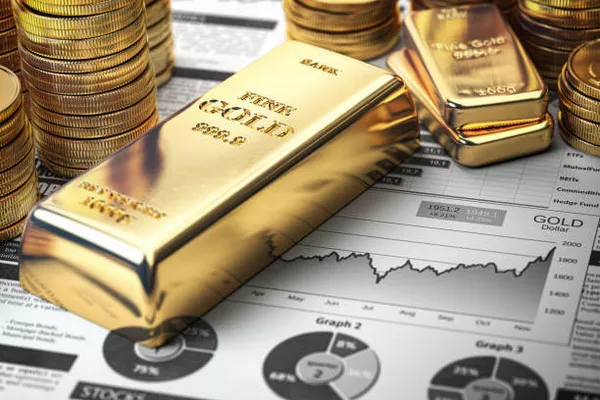In the realm of financial markets, the spot price of gold is a critical indicator that plays a pivotal role in shaping investment decisions and influencing economic trends. Investors, analysts, and policymakers closely monitor the spot price of gold as it provides valuable insights into market sentiment, inflation expectations, and global economic health. This article aims to demystify the concept of the spot price of gold, exploring its definition, factors influencing it, and its broader implications for the financial landscape.
Defining the Spot Price of Gold
The spot price of gold refers to the current market price at which gold can be bought or sold for immediate delivery and settlement. Unlike futures or forward contracts, which involve future delivery at a predetermined price, the spot price reflects the immediate supply and demand dynamics of the gold market. This price is determined by various factors, including market participants, geopolitical events, economic data, and currency movements.
Market Participants and Determinants
Several key players contribute to the determination of the spot price of gold. Primarily, the forces of supply and demand in the global gold market play a fundamental role. Gold producers, central banks, institutional investors, jewelry manufacturers, and retail consumers all contribute to the intricate web of market dynamics that shape the spot price.
Supply and Demand: The basic economic principle of supply and demand is a primary driver of the spot price of gold. Increased demand or reduced supply tends to push prices higher, while excess supply or decreased demand exerts downward pressure. Factors such as changes in consumer preferences, industrial demand, and geopolitical events can influence both supply and demand.
Central Bank Reserves: Central banks around the world hold significant gold reserves as part of their monetary policy strategy. When central banks engage in buying or selling gold, it can have a profound impact on the spot price. Large-scale purchases or sales by major central banks can signal shifts in economic policy, currency stability, or inflation expectations.
Investor Sentiment: Gold is often considered a safe-haven asset, attracting investors during times of economic uncertainty or market volatility. Investor sentiment, influenced by factors like geopolitical tensions, inflation expectations, and interest rates, can drive fluctuations in the spot price of gold.
Currency Movements: The spot price of gold is quoted in terms of a specific currency, typically the U.S. dollar. Currency movements, including changes in exchange rates, can impact the spot price for investors in different regions. A weaker U.S. dollar, for example, often leads to an increase in the spot price of gold as it becomes more attractive to international buyers.
Implications for Investors
Understanding the spot price of gold is essential for investors seeking to navigate the complexities of the financial markets. Gold is often viewed as a hedge against inflation and currency fluctuations, making it an attractive asset in diversified investment portfolios. Investors closely monitor the spot price to make informed decisions about buying, selling, or holding gold assets.
Inflation Hedge: Gold has historically been considered a hedge against inflation. When inflationary pressures rise, the purchasing power of fiat currencies tends to erode. Investors turn to gold as a store of value that can retain its purchasing power over time. Consequently, a rising spot price for gold may indicate concerns about inflation and economic instability.
Risk Diversification: The spot price of gold is closely linked to global economic uncertainties and market risks. Investors often allocate a portion of their portfolios to gold to diversify risk, especially during periods of heightened volatility. The inverse relationship between gold and traditional financial assets, such as stocks and bonds, makes it an attractive diversification tool.
Safe-Haven Asset: During geopolitical crises or financial market turmoil, gold often emerges as a safe-haven asset. The spot price tends to rise as investors seek refuge from heightened risks in other asset classes. Gold’s historical role as a safe-haven asset makes it a go-to option for risk-averse investors looking to preserve capital in turbulent times.
See Also: What Does Spot Price Mean For Silver?
Conclusion
In conclusion, the spot price of gold is a multifaceted indicator that encapsulates the complex interplay of economic, geopolitical, and market forces. Its significance extends beyond the realms of precious metals trading, reaching into broader economic narratives and investment strategies. Investors, analysts, and policymakers alike scrutinize the spot price of gold to glean insights into global economic health, inflation expectations, and market sentiment. As we navigate the intricate landscape of financial markets, a nuanced understanding of the spot price of gold becomes a valuable tool for making informed investment decisions in an ever-changing economic environment.


